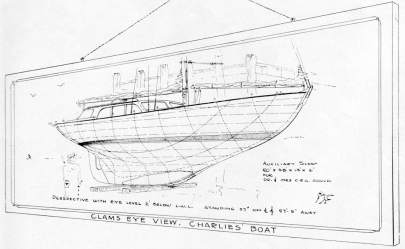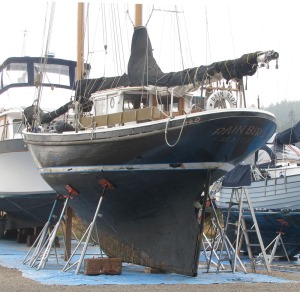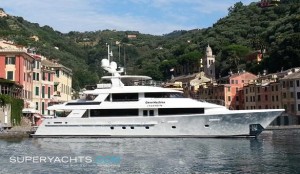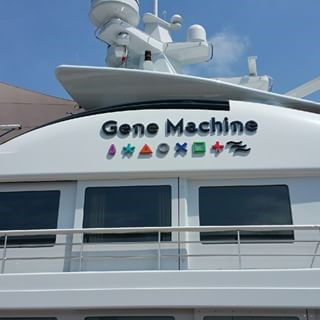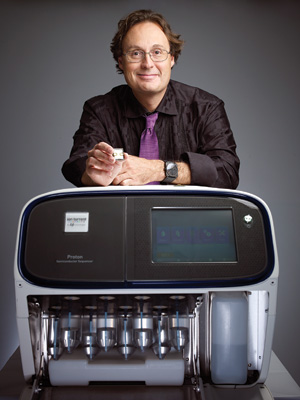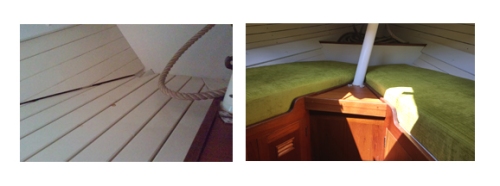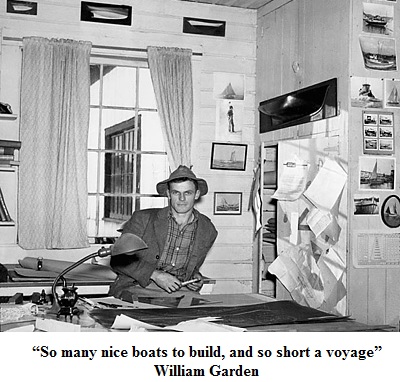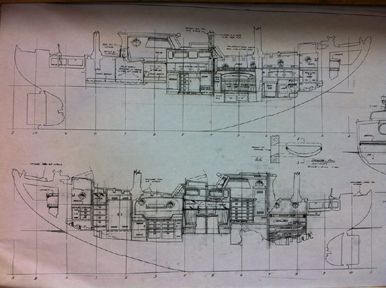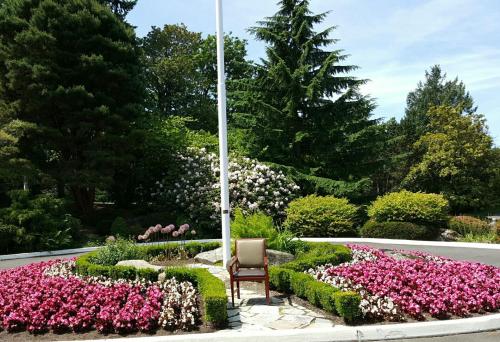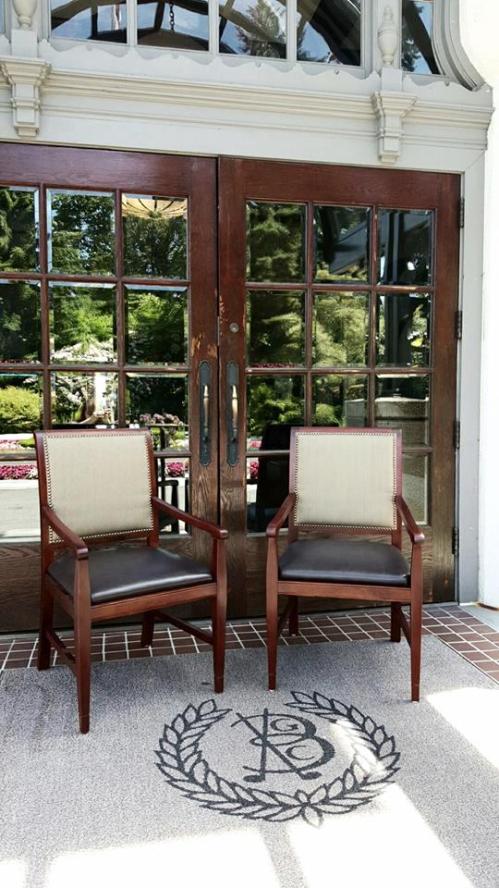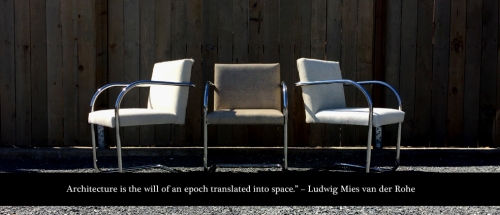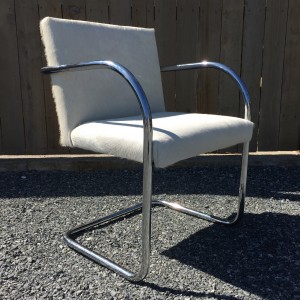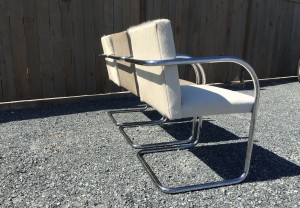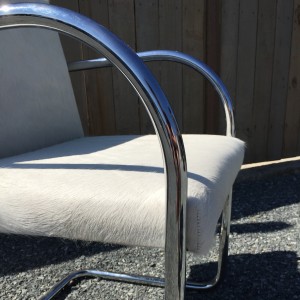Baker’s Bay; the Ultimate Resort

Just 190 miles off the southern coast of Florida lies the privately owned Bahamian Golf and Ocean Club known as Baker’s Bay. Surrounded by turquoise waters, Bakers bay is located atop the northern 600 acres of Great Guana Cay in the Abaco Islands.
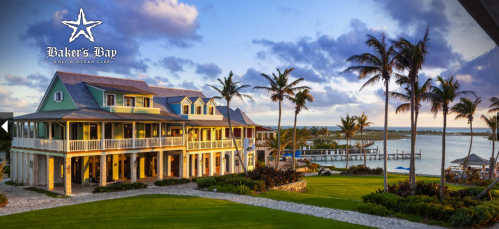
Baker’s Bay Ocean Club offers luxurious spa treatments, beach lounging, and evening beach parties. It is also a place where discerning travelers and sports enthusiasts drop anchor, the island’s beautiful homes beckoning them back to the Bahamas for a lengthy stay.
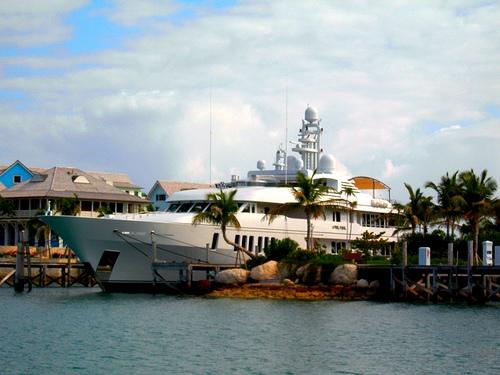
The beautiful marina is set against a backdrop of a Bahamian Settlement inspired Village and can accommodate yachts of up to 250 feet in length and has exceptional docking facilities which include “boat-butler” service and extra-wide piers for docking MEGA-YACHTS.
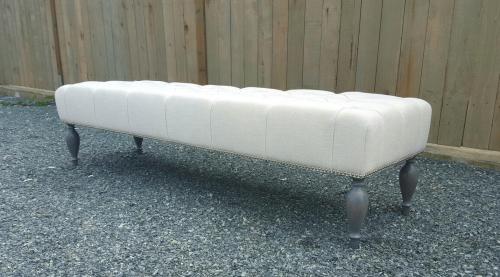
Because of our custom design work in a client’s yacht, we were invited to design sectionals, sofas and chairs for the Great Room, Man-cave for our clients’ home in Baker’s Bay. This custom master-bench resides in a beautiful great room in their traditional plantation style home.
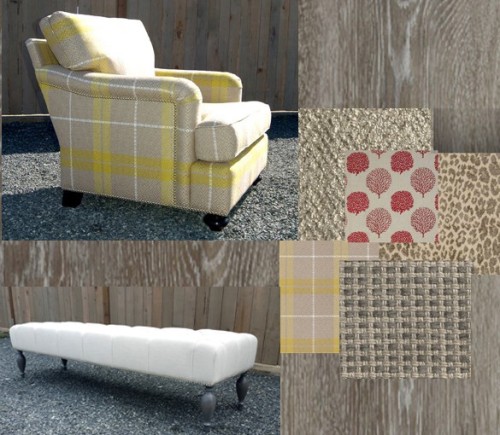
“We just had our furniture installed yesterday. EVERYTHING looks FANTASTIC! We love it! Thanks so much!”
– Our Client
